SpaceX is set to become the first private company to launch NASA astronauts as few as three months from now, all but guaranteed after Boeing’s competing Starliner spacecraft narrowly avoided a catastrophe in space on its orbital launch debut.
The ultimate purpose of NASA’s Commercial Crew Program (CCP) is to ensure that the US is once again able to launch its own astronauts into orbit and to the International Space Station (ISS) – a capability the country has not possessed since it prematurely canceled the Space Shuttle in 2011. In a logical step, NASA decided to fund two independent companies to ensure that astronaut launch capabilities would be insulated against any single failure, ultimately awarding contracts to Boeing and SpaceX in 2014. Boeing did actually try to have Congress snub SpaceX back in 2014 and solely award the contract to Starliner, but the company thankfully failed.
As a result, SpaceX beating Boeing on the (not-a-) race to launch NASA astronauts to the International Space Station (ISS) would represent an immense and deeply embarrassing upset in the traditional aerospace industry – essentially a case of David and Goliath. For the better part of a decade, Congress, most industry officials, and Boeing itself have argued ad nauseum the Starliner spacecraft was clearly a far safer bet than anything built by SpaceX – Boeing, obviously, has far more experience (“heritage”) in the spaceflight industry. However, multiple “catastrophic” failures during Boeing’s recent Starliner ‘Orbital Flight Test’ (OFT) paint a far uglier picture.
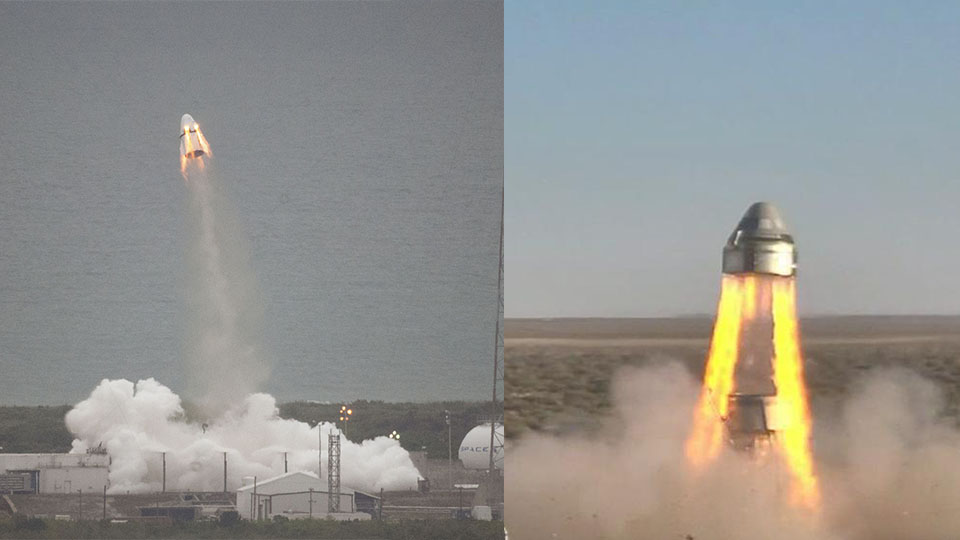
As its PR team and executives will constantly remind anyone within earshot, Boeing helped build the first stage of the Saturn V rocket, while a company it bought years after the fact (Rockwell) did technically buy the company (North American) that built the spacecraft (Apollo CSM) that carried NASA astronauts from the Earth to the Moon (and back). Rockwell (acquired by Boeing) also built all five of NASA’s Space Shuttle orbiters.
In the 1990s, Boeing – set to lose a competition to build an expendable rocket for the US military – acquired McDonnell Douglas at the last second, slapping a Boeing sticker on the Delta IV rocket – designed and built by MD. Boeing then conspired to steal trade secrets from Lockheed Martin (bidding Atlas V) and used that stolen info to mislead the USAF about the real cost of Delta IV, thus securing the more lucrative of two possible contracts. This is all to point out the simple fact that Boeing has far less real experience designing spacecraft than it tends to act like it does.
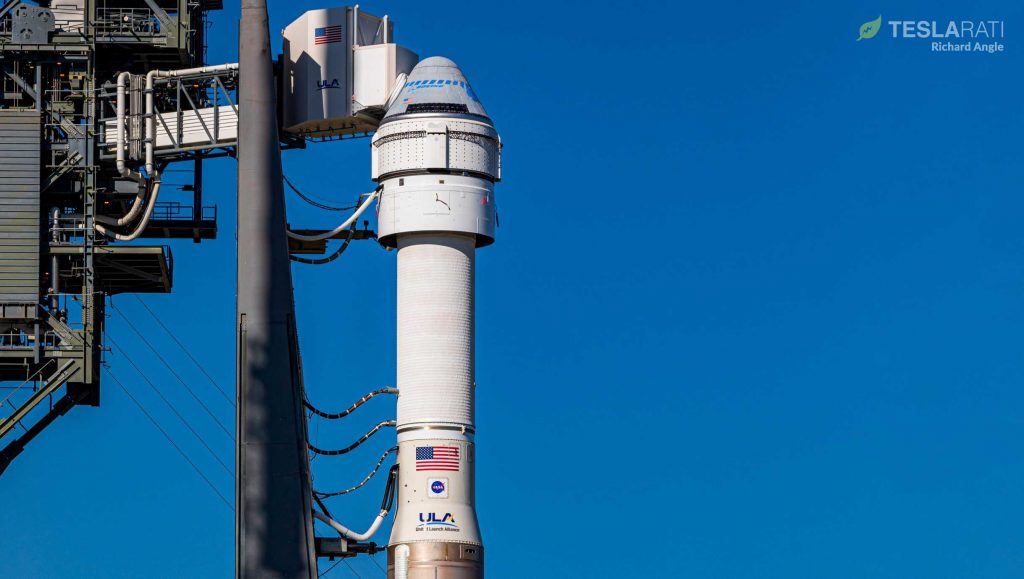
As such, it’s substantially less surprising than it might otherwise be that Boeing’s Starliner spacecraft has had such a rocky orbital launch debut. Preceded just a matter of weeks by a quality assurance failure that prevented one of Starliner’s four parachutes from deploying after an otherwise-successful pad abort test, a second Starliner spacecraft launched atop an Atlas V rocket on its orbital launch debut (OFT) on December 20th, 2019. Atlas V performed flawlessly but immediately after Starliner separated from the rocket, things went very wrong.
Bad software ultimately caused the spacecraft to perform thousands of uncommanded maneuvering thruster burns, depleting a majority of its propellant before Boeing was able to intervene. Starliner managed to place itself in low Earth orbit (LEO), but by then it had nowhere near enough propellant left to rendezvous and dock with the ISS – one of the most crucial purposes of the uncrewed flight test. Unable to complete that part of the mission, Boeing instead did a few small tests over the course of 48 hours in orbit before commanding the spacecraft’s reentry and landing on December 22nd.
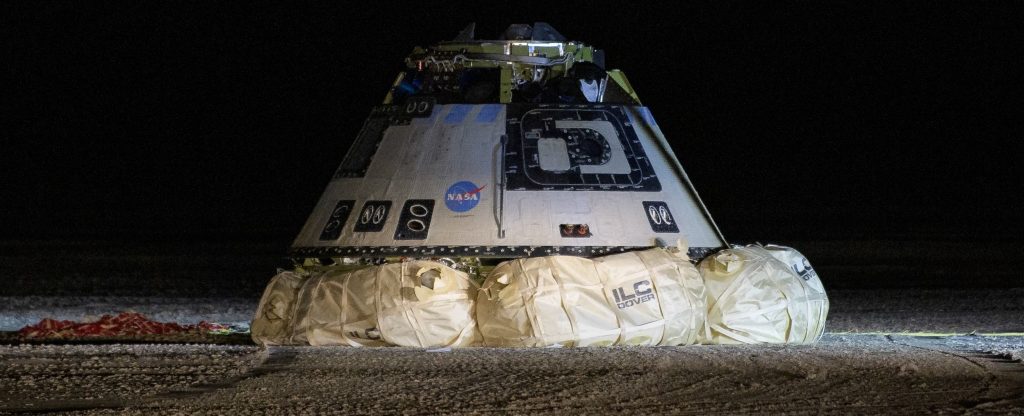
But wait, there’s more!
As it turns out, although both NASA and Boeing inexplicably withheld the information from the public for more than two months, Boeing’s OFT Starliner spacecraft reportedly almost suffered a second major software failure just hours before reentry. According to NASA and Boeing comments in a press conference held only after news of that second failure broke after an advisory panel broached the issue in February 2020, a second Starliner software bug – caught only because the first failure forced Boeing to double-check its code – could have had far more catastrophic consequences.
NASA officials stated that had the second bug not been caught, some of Starliner’s thruster valves would have been frozen, either entirely preventing or severely hampering the spacecraft’s detached trunk from properly maneuvering in orbit. Apparently, that service module (carrying fuel, abort engines, a solar array, and more) could have crashed into the crew module shortly after detaching from it. Unsurprisingly, that ‘recontact’ could have severely damaged the Starliner crew capsule, potentially making reentry impossible (or even fatal) if its relatively fragile heat shield bore the brunt of that impact.
SpaceX has undeniably suffered its own significant failures, most notably when flight-proven Crew Dragon capsule C201 exploded moments before a static fire test, but the company has already proven that it fixed the source of the failure with the spacecraft’s second successful launch on a Falcon 9 rocket. Ultimately, it’s becoming nearly impossible to rationally argue that Boeing’s Starliner will be safer than SpaceX’s Crew Dragon – let alone worth the 40% premium Boeing is charging NASA and the US taxpayer.
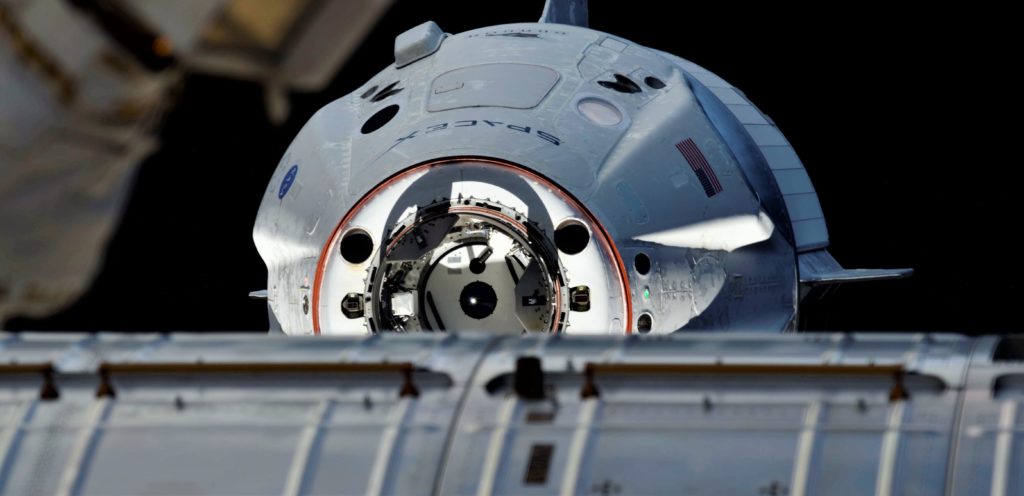
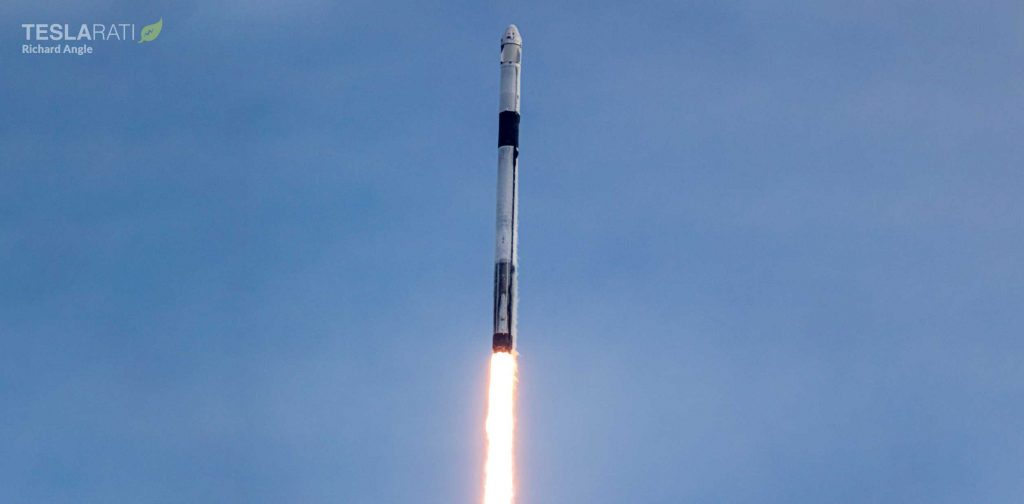
According to Ars Technica’s Eric Berger, Crew Dragon’s inaugural astronaut launch is now tentatively scheduled as early as late-April to late-May 2020. Paperwork – not technical hurdles – is currently the source of that uncertainty, and all Demo-2 mission hardware (Falcon 9 and Crew Dragon) is either already in Florida or days away from arriving.
Due to the combination of similar software failures Starliner suffered during its first and only launch, Boeing now has to review the entirety of the spacecraft’s software – more than a million lines of code – before NASA will allow the company to launch again. There’s also a very good chance that Boeing will now have to repeat the Orbital Flight Test, potentially incurring major delays. In short, it would take nothing less than a miracle – or NASA making a public mockery of itself for Boeing’s benefit – for Starliner to launch astronauts before SpaceX.
Check out Teslarati’s newsletters for prompt updates, on-the-ground perspectives, and unique glimpses of SpaceX’s rocket launch and recovery processes.

(adsbygoogle = window.adsbygoogle || []).push({});
<!–
–>
var disqus_shortname = «teslarati»;
var disqus_title = «SpaceX set to launch NASA astronauts first after Boeing narrowly avoids catastrophe in space»;
var disqus_url = «https://www.teslarati.com/spacex-first-private-nasa-astronaut-launch-boeing-catastrophe/»;
var disqus_identifier = «teslarati-129536»;

